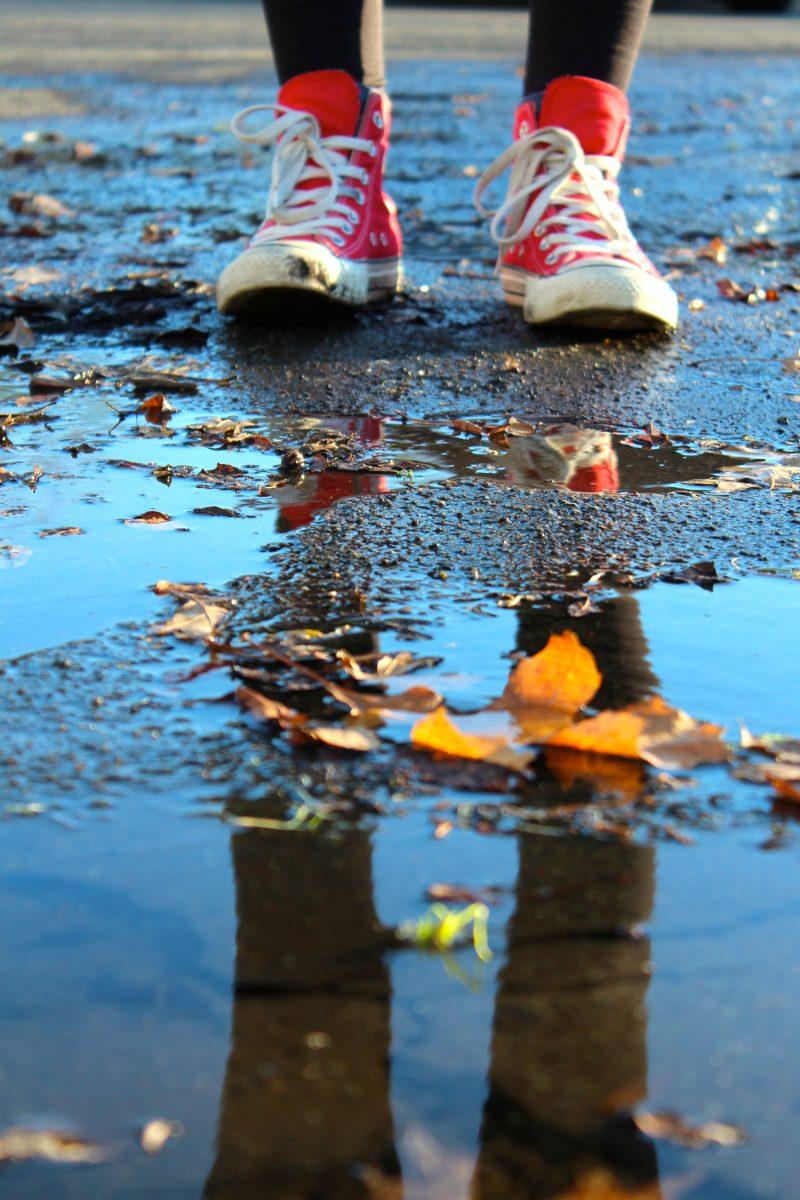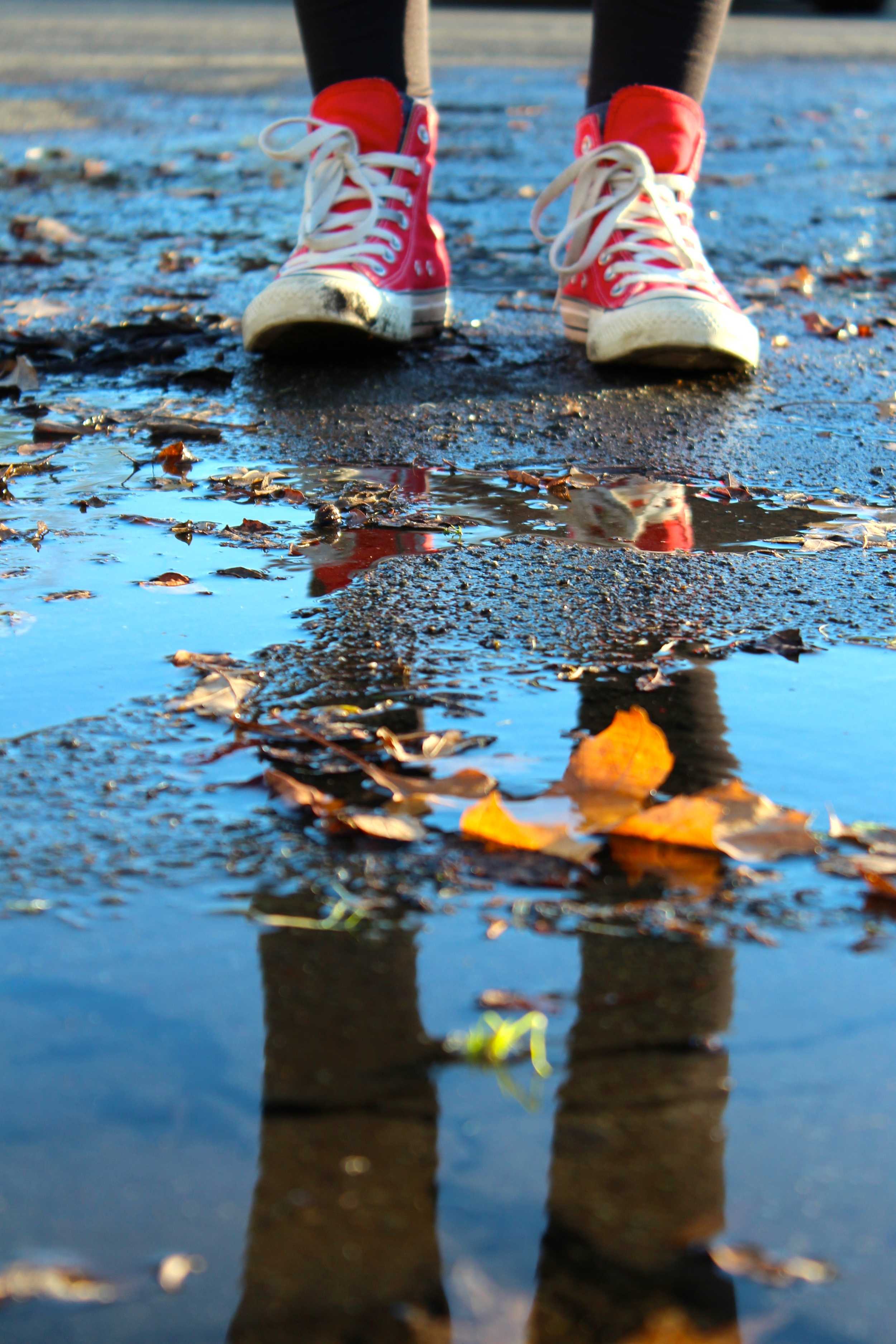More than 36 million Californians are still living in drought-affected areas — roughly 95 percent of the state’s population, according to the National Drought Mitigation Center. The fight to end the drought in California, is far from over.
Gov. Jerry Brown proclaimed a state of emergency for California in January of 2014 and urged residents to conserve in every way possible because of the drought.
At that point, California was experiencing what was only the middle of four years of drought.
The year after Brown’s declaration marked the hottest year on record, according to NASA and the National Oceanic and Atmospheric Administration. At that point, Sonoma County initiated a campaign called “DROUGHT IS ON: Retain it! Don’t drain it!” to encourage residents to conserve water.
During that time, the hype for the conservation of water reached its peak.
However, experts now believe it has decreased due relief provided by recent El Niño rains.
El Niño is a sequence of climatic events in the equator that warms the waters of the ocean and affects weather patterns all over the world. Scientists predicted this year’s El Niño could bring large amounts of rain to California.
“The fact people were actually counting on El Niño to bring us back from such a significant drought, really makes a statement about how much this drought has been underestimated,” said environmental science major Jorge Casanova.
In reality, the effects of El Niño are still uncertain, and Californians might have to wait a few more months to experience its full potency.
The National Oceanic and Atmospheric Administration predicts El Niño could strike California harder during the month of March.
“El Niño will be beneficial to us, but we need to think of other avenues in which we can conserve water and get out of the drought,” said Casanova.
Sonoma State University prides itself in being committed to sustainability and water conservation. Recreation Center Coordinator Ryan Walsh explained the ways in which the center saves water.
“The REC uses reclaimed water in all of the bathrooms of the building, thanks to this, we are able to save thousand of drinking gallons of water each year,” said Walsh.
Reclaimed water is only one of the many ways the Recreation Center and Darwin Hall practice sustainability.
On Feb. 2, the state of California announced state residents have reduced water use by 25.5 percent since June. Although these numbers are a sign of improvement, legislators want to remindcitizens it’s still not enough, and must continue their efforts to save water through the winter.
When asked why water conservation and sustainability are important to the Recreation Center, Walsh said, “As far as we know, planet earth is the only place known to harbor life, so we must conserve where we can and be efficient with our current needs so that we don’t compromise the needs of future generation.”





![[Both photos courtesy of sonoma.edu]
Ming-Ting Mike Lee stepped in as the new SSU president following Sakakis resignation in July 2022](https://sonomastatestar.com/wp-content/uploads/2024/04/CC4520AB-22A7-41B2-9F6F-2A2D5F76A28C-1200x1200.jpeg)



























